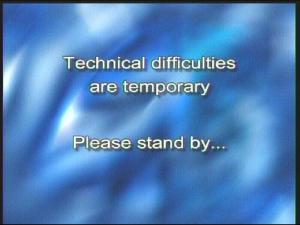Statcounter
Wednesday, 4 June 2014
Walter Benjamin sells magic beans
In Walter Benjamin's Little History of Photography, he contrasts three kinds of photography: art or creative photography, fairground 'huckster' photography and industrial photography. The middle form he largely abandons to set up a tidy duality. He speculates that the return of the former in the early twentieth century may be linked to a capitalist crisis (507) and equates it with 'philistine' (508) conceptions of art. Benjamin suggests that the philistine reacts in abject terror when technology is posed to erode their romantic conception of genius. He then recasts the photographer in the equally romantic role of the 'overturner' of art-fetishism who could unleash unanticipated effects.
Tuesday, 3 June 2014
NB: What is Photography?
Talbot had already suggested a way of understanding photography which undermined the singular author. Reactions to this tended to fall along the lines of a creative/productive split. In the essay What is Photography? from Civil Imagination: A Political Ontology of Photography, Ariella Azoulay tracks the shifts of this as a photography turned from something operated by people to something operating on them as well (15). The author promotes a political ontology of photography, one which involves the relations between humans and objects (18). Because cameras seem to saturate contemporary spaces, the sense of being, or potentially being, photographed becomes omnipresent. While we may never see the images these cameras produce, the majority of images we do see are seen without their cameras. The photograph could then become a generator of events and encounters where none of the participants holds sovereignty (17).
Subscribe to:
Posts (Atom)


